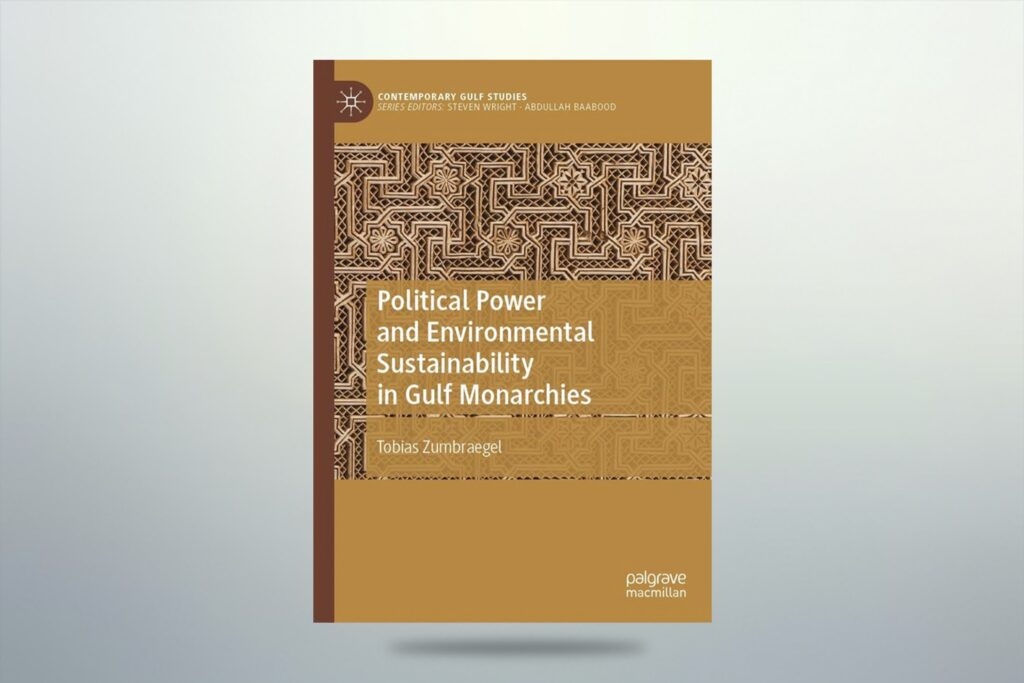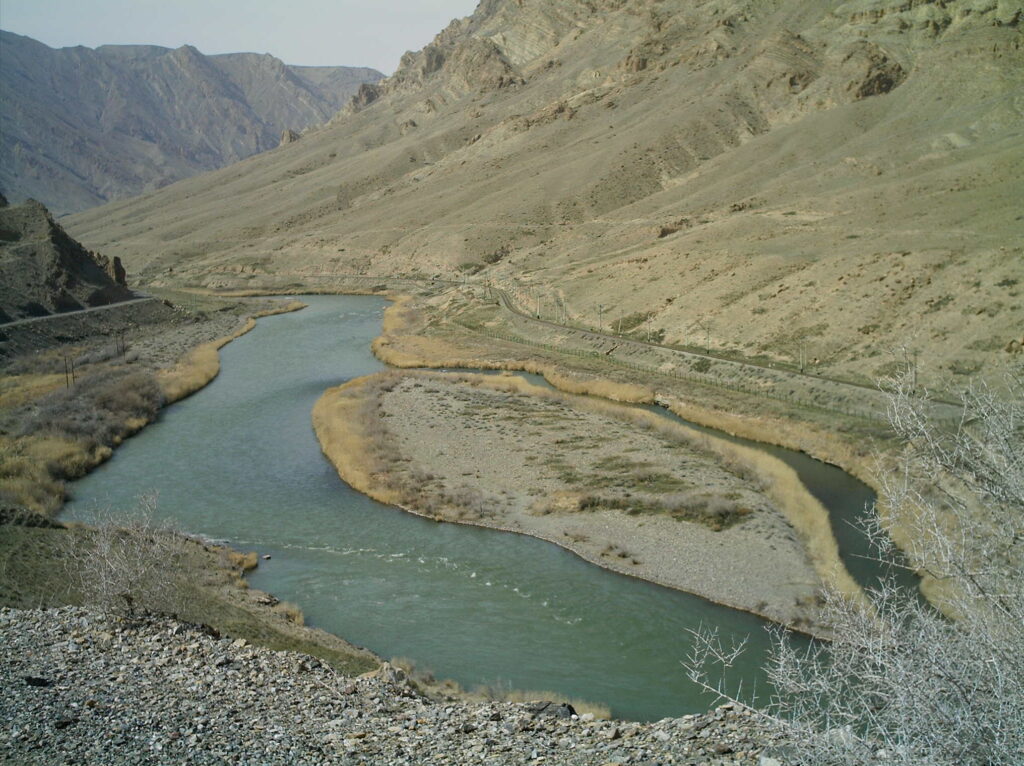Once dependent on pearl diving, agriculture, fishery, and international trade, the Gulf Arab nations have swiftly transformed into some of the world’s wealthiest countries during the oil era. This rapid affluence has fostered a lavish lifestyle among Gulf citizens, supported by extensive state subsidies for housing, transportation, electricity, and water services. However, this has led to high levels of energy inefficiency, and overconsumption, creating unsustainable patterns of energy consumption and carbon emissions—a phenomenon Tobias Zumbraegel, the author of Political Power and Environmental Sustainability in Gulf Monarchies, terms the “dual dilemma”.
While policymakers in the Gulf have long neglected these issues, a “green turn” has emerged in the region, one characterised by burgeoning environmental sustainability initiatives. Examples include the establishment of the Masdar eco-city in Abu Dhabi in 2006, the selection of Qatar to host COP 18 in 2012, the establishment of environmental ministries and authorities, and recent shifts in climate diplomacy, such as Saudi Arabia’s “Middle East and Saudi Green Initiatives”.
Zumbraegel’s book probes whether this “green turn” represents a genuine commitment to environmental sustainability, or is a merely symbolic gesture. Adopting a political-driven perspective, the author, an expert on environmentalism, contends that Gulf leaders have instrumentalised environmental sustainability as a mechanism for consolidating power and ensuring regime stability.
This power consolidation is facilitated through various means:
1. State-led investments: State-affiliated entities dominate sustainability efforts, including national oil and gas companies Saudi Aramco and the Emirates’ Adnoc, state-owned enterprises (SOEs), such as the Qatar Foundation, and sovereign wealth funds (SWFs) like Abu Dhabi’s Mubadala. This intertwining of public and private sectors fosters favouritism and neo-patrimonial practices, he writes, disadvantaging smaller enterprises.
2. Consolidation of sustainability power through national oil companies (NOCs): These firms, traditionally autonomous entities, have become actively involved in sustainability initiatives, albeit often as a means of greenwashing, rather than genuine environmental stewardship. Political restructuring and lower oil revenues have led to tighter regime control over these entities. Examples include the appointment of Saudi Crown Prince Mohammed bin Salman as a government representative in Aramco’s supreme council in 2015. This consolidation of power amounts to little more than green image-building, Zumbraegel charges, given that all NOCs have plans to expand oil and gas exploration, and production, not only domestically, but internationally.
3. Green branding: Gulf monarchies utilise green rhetoric to enhance their international image and secure popular support domestically. However, their actions often contradict their purported commitment to sustainability, as seen in their opposition to ambitious climate targets, and their continued expansion of fossil fuel exploration and production. Saudi Arabia’s strong opposition to the 1.5°C target and decarbonisation measures during international conferences such as the 2002 Johannesburg World Summit on Sustainable Development, the 2009 Copenhagen Conference (COP15), and the most recent agreement to transition away from fossil fuels at COP 28 in 2023, is an example of this.
The author dissects these efforts and uses them as evidence for his prime contention that the Gulf’s green initiatives primarily serve as tools for regime consolidation, rather than sincere efforts to address the environmental consequences of decades of resource mismanagement. This is mainly because the transformation needed to address environmental challenges requires structural changes to state-private sector and state-society relations, which can threaten economic and political stability. One example of how changes can give rise to pushback was the protests which took place in some Gulf countries in 2014, when energy price reforms were instituted following a decline in oil prices.
While the book is informative and provides valuable insights on the politics of environmental sustainability in the Gulf, its conclusion is not new: Previous works on political power and environmental sustainability in the Gulf have also highlighted governments “as self-interested actors” that “are interested in staying in power” (Faust, 2010); are practitioners of “late rentierism” (Matthew Gray, 2011); and which rely on “elite legitimacy strategies”, and “natural unsustainability” (Luomi, M., 2012).
Image: X / Tobias Zumbraegel





